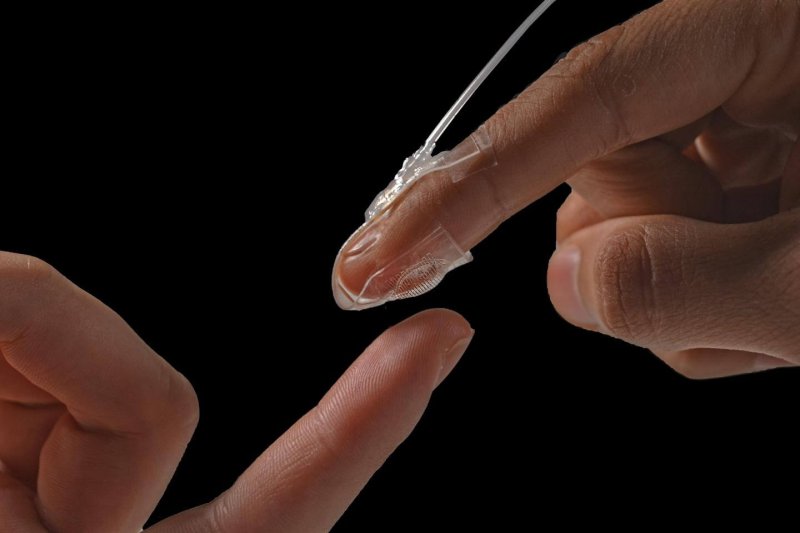While they’re still struggling to gain commercial traction, the latest VR headsets are able to transport people to impressive virtual worlds. But the technology relies primarily on our senses of sight and hearing to create these illusions, which means they still lack realism.
A new lightweight, flexible, and wirelessly powered synthetic skin could soon change that. Developed at Northwestern University, the 15-centimeter-square patch can be stuck onto any part of the body and uses actuators that vibrate against the skin to simulate tactile sensations.
…
The key innovation with the VR skin was creating a vibrating actuator only a couple millimeters thick that can be powered with very little energy. That not only means the device is lightweight enough to stick to the body without falling off, but it can also be powered using the same kind of inductive charging found in wireless smartphone chargers.
…
In an accompanying video, the researchers show how the device can be used to allow a mother to stroke her child while video chatting, provide a sense of touch to the user of a prosthetic arm, and even give the sensation of strikes to someone playing a combat video game.
Read full, original post: Synthetic ‘Skin’ Is Bringing a Sense of Touch to Virtual Reality































